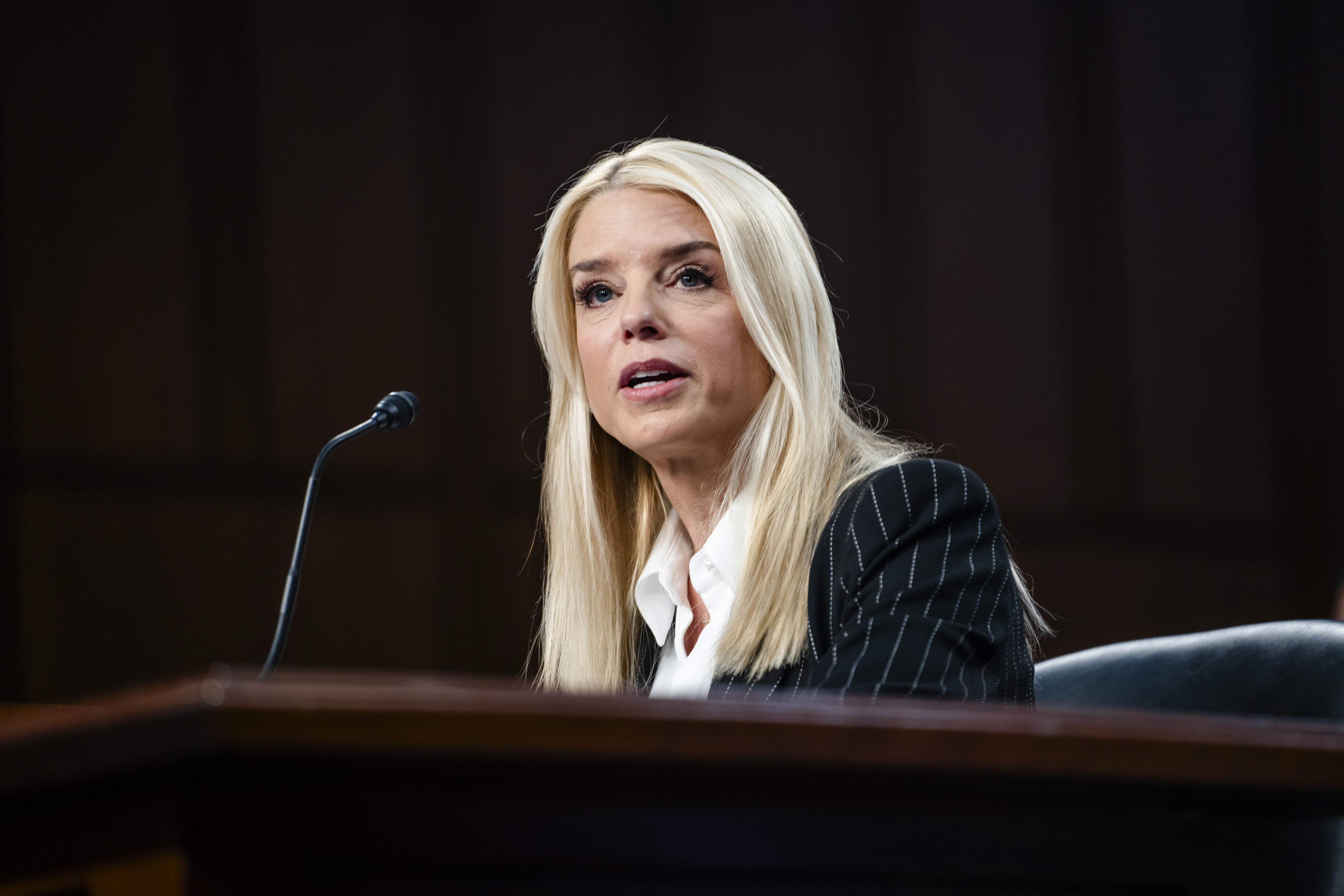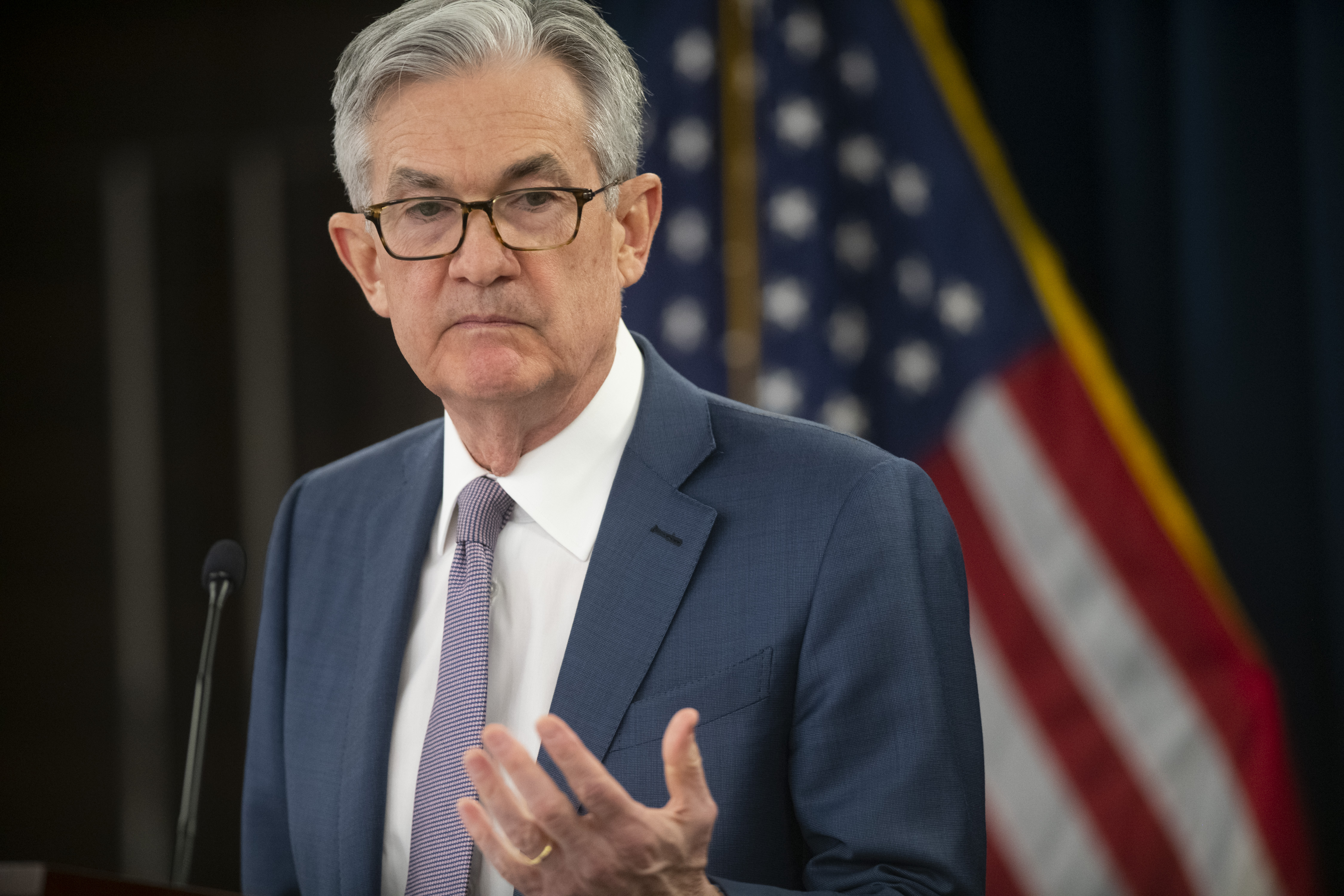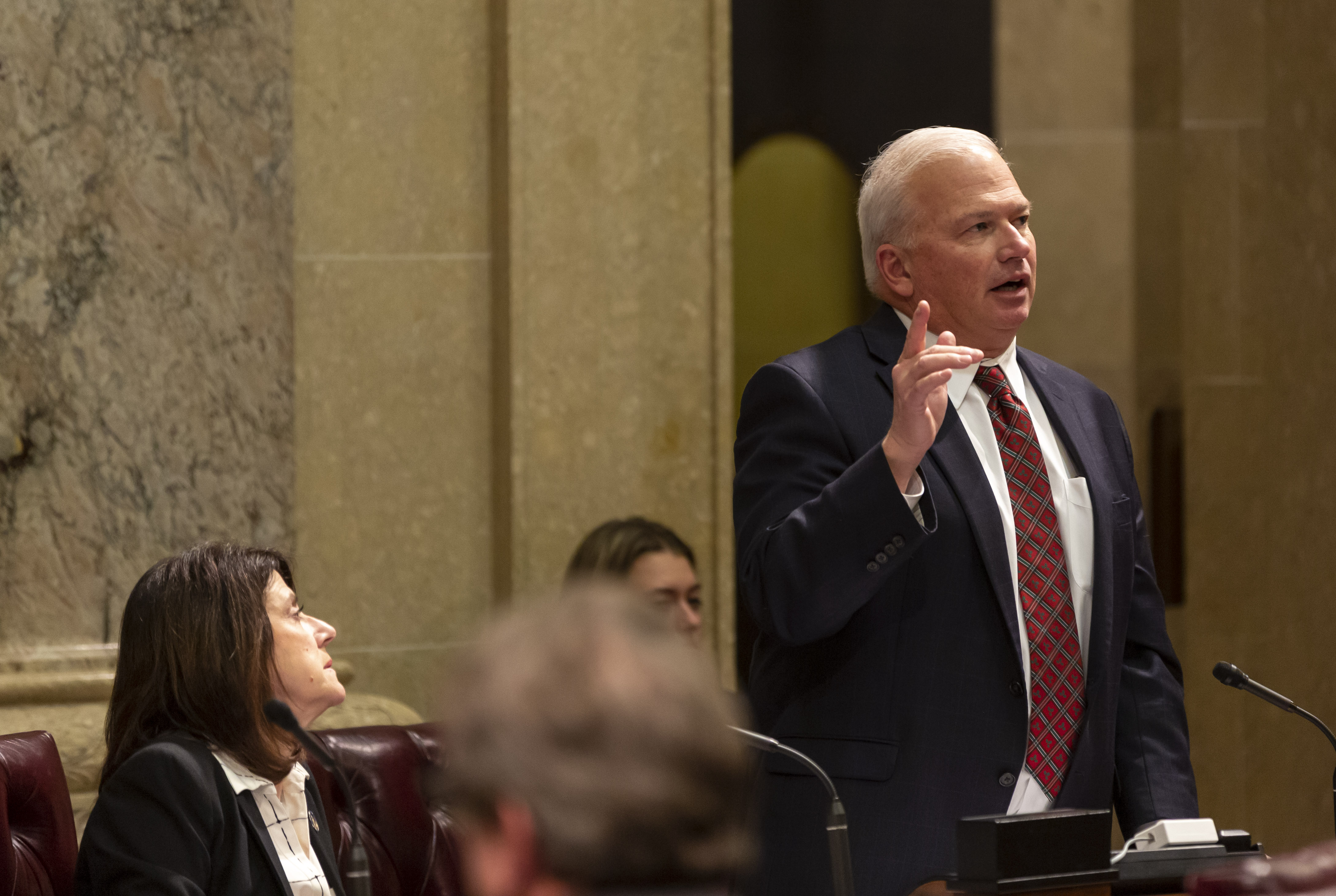While the rest of the US has seen gas prices stabilize or drop compared to last year, Washington stands alone: it’s the only state where gasoline prices are higher than they were at this time in 2024.
“You are literally the only state that is above where it was one year ago,” Patrick De Haan, head of petroleum analysis at GasBuddy, told The Center Square.
According to AAA, the average price for regular unleaded gas in Washington on June 18, 2024, was about $4.35. This year, on the same date, it had climbed to nearly $4.41 per gallon — an increase of six cents, bucking national trends. Experts point to a perfect storm of global instability, regional refinery issues, and state-specific policies as reasons why Washington drivers are paying more.
“Washington’s really been impacted by some events that have been kind of out of your state,” De Haan explained, referring to ongoing refinery problems in California. A fire at the Martinez Refining Company in February sent Washington prices soaring by 21 cents per gallon. Two of California’s major refineries — Phillips 66 in Los Angeles and Valero in Benicia — are also slated to shut down permanently, reducing future supply.
But the pain at the pump isn’t just coming from across state lines.
Washington’s Climate Commitment Act (CCA), a cap-and-trade emissions program launched under Governor Jay Inslee, is also playing a growing role in rising fuel costs. The system forces businesses to buy pollution “allowances” through state auctions. Fewer allowances are offered over time, raising their price — and ultimately, the cost of fuel for consumers.
The cap-and-trade auctions have already raised over $3 billion for green energy projects, but critics point out that 90 percent of the funds weren’t spent to combat climate change, noting that the cost is falling squarely on ordinary Washingtonians.
On top of that, a new gas tax increase is set to take effect on July 1, adding another 6 cents per gallon to regular fuel, and 3 cents to diesel. Additional increases tied to inflation will follow in the coming years. “It’s not looking terrific for summer,” De Haan said. “The long road is worrisome as well.”
Washington’s vulnerability to international oil shocks is also contributing to rising costs. Escalating conflict in the Middle East, particularly between Israel and Iran, has caused global oil prices to spike nearly $10 per barrel in just one week. “Iran is a top oil producer,” De Haan warned. “Any disruption there impacts prices globally — and locally.”
Despite numerous warnings from energy analysts, state officials downplayed the potential impact of their climate policies. “I don’t think it’s going to be noticeable,” said Joel Creswell, Climate Policy Section Manager at the Department of Ecology, back in 2022. As prices climbed, Climate Commitment Act Implementation Manager Luke Martland said in March that the program would have little effect “on customer prices.”
A now-deleted page on Ecology’s website claimed the CCA’s impact on gas prices would be “very modest.”
Meanwhile, Puget Sound Energy — which serves over 800,000 customers in six counties — raised rates due to the cap-and-trade program but was barred from telling customers the reason. The Washington Utilities and Transportation Commission, at the recommendation of then Attorney General, now Governor Bob Ferguson, prohibited the utility from disclosing that the increase was linked to the state’s climate policy.
Former Governor Jay Inslee, who built a national political profile as a climate crusader, continues to tout Washington’s environmental leadership. But recent reports reveal the state is struggling to meet its climate targets. A KING 5 investigation found that Washington is recycling less, transportation-related emissions are up, and overall carbon emissions have increased. The state has even removed climate metrics from Inslee’s Results Washington accountability website, which was meant to track progress on key goals.
Washington’s average price per gallon is now more than 50 cents higher than the national average. And as refinery capacity shrinks, taxes increase, and geopolitical risks mount, analysts say the upward pressure on gas prices is likely to continue.
“The trend is not great for Washington state,” De Haan concluded.

 1 week ago
1
1 week ago
1








 English (US) ·
English (US) ·